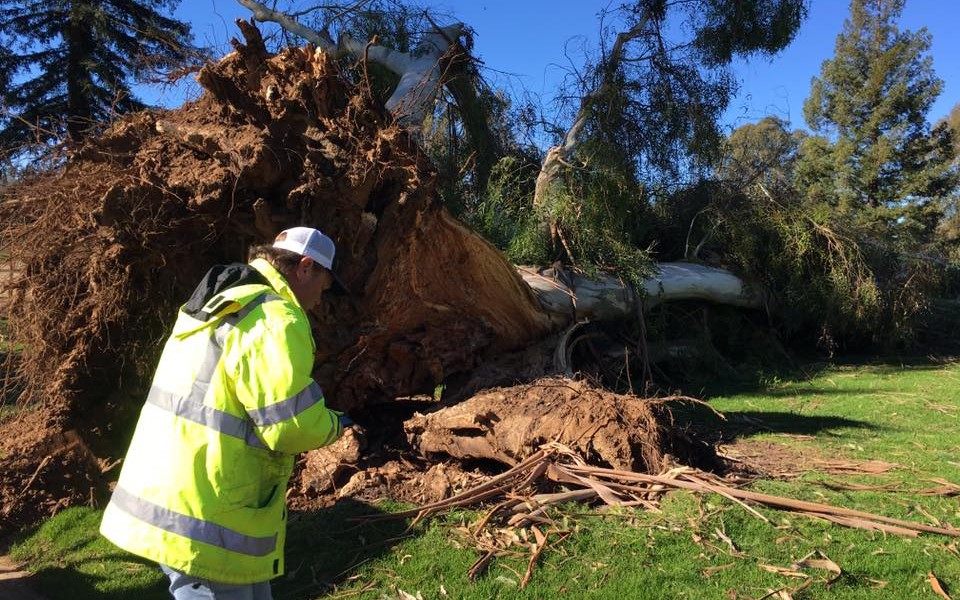Are branches from your beautiful and healthy trees suddenly breaking down and falling? One possible cause might be an infestation of carpenter worms.
Carpenter worm damage is a serious concern for lawn owners. A carpenter worm is an insect that causes significant deterioration to ornamental and fruit trees. These insects feed on the inner bark of the host tree and leave dark sap spots.
If you need help or professional assistance to deal with these destructive insects, consider a tree trimming service in Sacramento by Fallen Leaf Tree Management. In the meantime, learn more about carpenter worms and how to identify them.
Carpenter Worms and the Damage They Might Cause
Carpenter worms might cause extensive damage to trees, making them vulnerable and weak. They can also impact the flow of nutrients and bring diseases and pests to your otherwise healthy tree.
Although carpenter worm larvas attack trees and tree trunks, they don’t kill them. Infested trees are more susceptible to other insects and pests and can spread diseases more easily.
The carpenter worm lays eggs in tree bark, where they later emerge. Eggs hatch into larvas and start to penetrate the wood, where they mature and spread around. The female larvas take about three years to grow and attract males.
Signs You Have Carpenter Worms in Your Trees
It is easy to spot carpenter worms in trees. They eat the center of the tree, leaving a hollow tunnel. Some of the first signs are:
- Deep holes in the tree
- Dark sap spots
- Sawdust from the inside holes
How to Control and Prevent Carpenter Worms
One of the best ways to prevent carpenter worms is to consider regular and professional care. It is essential to nurture your trees and keep them strong and vigorous. It is also vital to protect them from common injuries and pests.
Once or twice a year, have a professional arborist inspect your trees. If there is a problem, they will catch it on time and deal with it correctly. Professional arborists know how to control carpenter worm damage or infestation using the following methods:
- Trimming infected branches
- Removing the entire tree if the infestation is extensive
- Advice on homemade solutions or nematodes which are effective in preventing or controlling these insects
- Spraying tree trunks and branches with insecticide to prevent new attacks
Because carpenter worms have protection by being inside the tree, insecticides aren’t effective. However, the arborist can suggest nematodes that are very successful at controlling and destroying these insects. There are a few different types of nematodes, so based on the tree type and region, the arborist can recommend the best option.
Minor Infestation vs. Major Infestation
It is possible to control minor infestations by adding flexible and sharp wires into the trees and poking the insects. Then, check your tree every week for signs of carpenter worms to ensure the insects aren’t alive and busy feeding off the tree’s nutrients.
It is always better to consult with a professional arborist for a major infestation. If the branches are compromised, they might fall on your property or injure someone from your family. A professional arborist can inspect the carpenter worm damage and recommend the best approach to deal with the problem.
Consult With Fallen Leaf Tree Management
Don’t let carpenter worms invade your beautiful green trees. Instead, consult with Fallen Leaf Tree Management experts on how to best deal with carpenter worm damage and avoid future infestations.
From dealing with standing water in a tree trunk to trimming damaged branches, there is nothing that we can’t do. So, call 916-447-8733 today to schedule a service and get a free quote.

